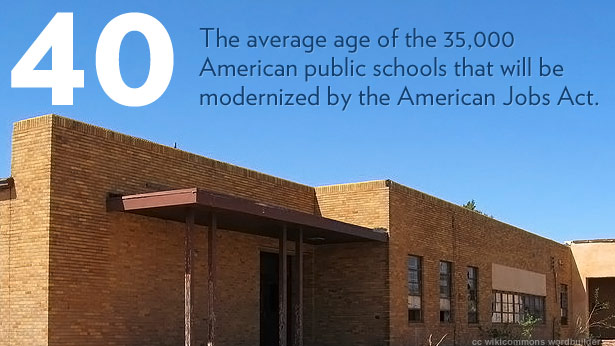At a recent roundtable, the faculty of Wake tech Community College believed in their students.
“My students have to go out in the community and demonstrate what they can do. I know they’ve learned when I see a reduction in fire loss,” Wayne, a Wake Tech Fire Service Director, told ED Teaching Ambassador Fellows Angela McClary-Rush and Maryann Woods-Murphy, who led the session with Frank Chong, the Deputy Assistant Secretary for Community Colleges.
Wayne’s colleague, Tommy Edwards, from the school’s Law Enforcement Division agreed. “We also see the results in how much cardio training we provide. Our students saved 20 lives.”
 The ED team led the one–hour round table event in an outreach effort designed to listen to the challenges and needs of teachers. The discussion immediately preceded the Secretary Duncan’s Town Hall at the community college in Raleigh, N.C.
The ED team led the one–hour round table event in an outreach effort designed to listen to the challenges and needs of teachers. The discussion immediately preceded the Secretary Duncan’s Town Hall at the community college in Raleigh, N.C.
David Yarley, the Director of Wake Tech’s Bio Network Capstone Center, said that he is happiest when he picks up the phone and one of his students announces he or she has found a job. Steven Hill, the Humanities Department Chair, just wants to “turn the proverbial light bulb on.” Diane Hinson, a Health Science Dean, is thrilled that Wake Tech students score more than ten points higher than the state test pass rates.
These educators do everything they can to get their students engaged in learning and “use muscles they never knew they had,” said Jessica Facciolini, North Carolina’s 2011 Teacher of the Year, who joined the group from ED at the round table and later at Secretary Duncan’s Community College Town Hall.
But even though these faculty members feel that the Wake Tech is the “pulse of the community” and that “college for the real world” has a vital role, they were asking Washington to support to help maintain such successful programs.
Faculty spoke of large class sizes and of facilities with limited equipment for the students to practice their skills. “If you have two beds in a room full of students, they are only going to get limited hands-on training,” said a nursing teacher. “If we’re going to teach students the latest technology for the 21st Century, we can’t use old machines. They’ve got to have what’s out there in the work place.”
Dianne Hison sighed as she moved forward in her seat, “Not one thing we have on our plates is unreasonable, but when you put it all together, it’s impossible.” Her colleagues shook their heads in agreement.
The faculty were grateful to know that the American Jobs Act, if passed, would provide relief to schools that have facilities needs and would create jobs for educators, including $5 billion specifically set aside for community colleges.
“Ask Washington to keep listening to us,” said one faculty member, “we’re doing magnificent things that help our students. We need support.”
Read more about the American Jobs Act
Maryann Woods-Murphy
Maryann is a Washington Teaching Ambassador Fellow on loan from Allendale, NJ.
 But how would that really affect you? Earlier today the Department of Education released two interactive maps that will show you what the American Jobs Act could do for your state and local school district.
But how would that really affect you? Earlier today the Department of Education released two interactive maps that will show you what the American Jobs Act could do for your state and local school district.
















